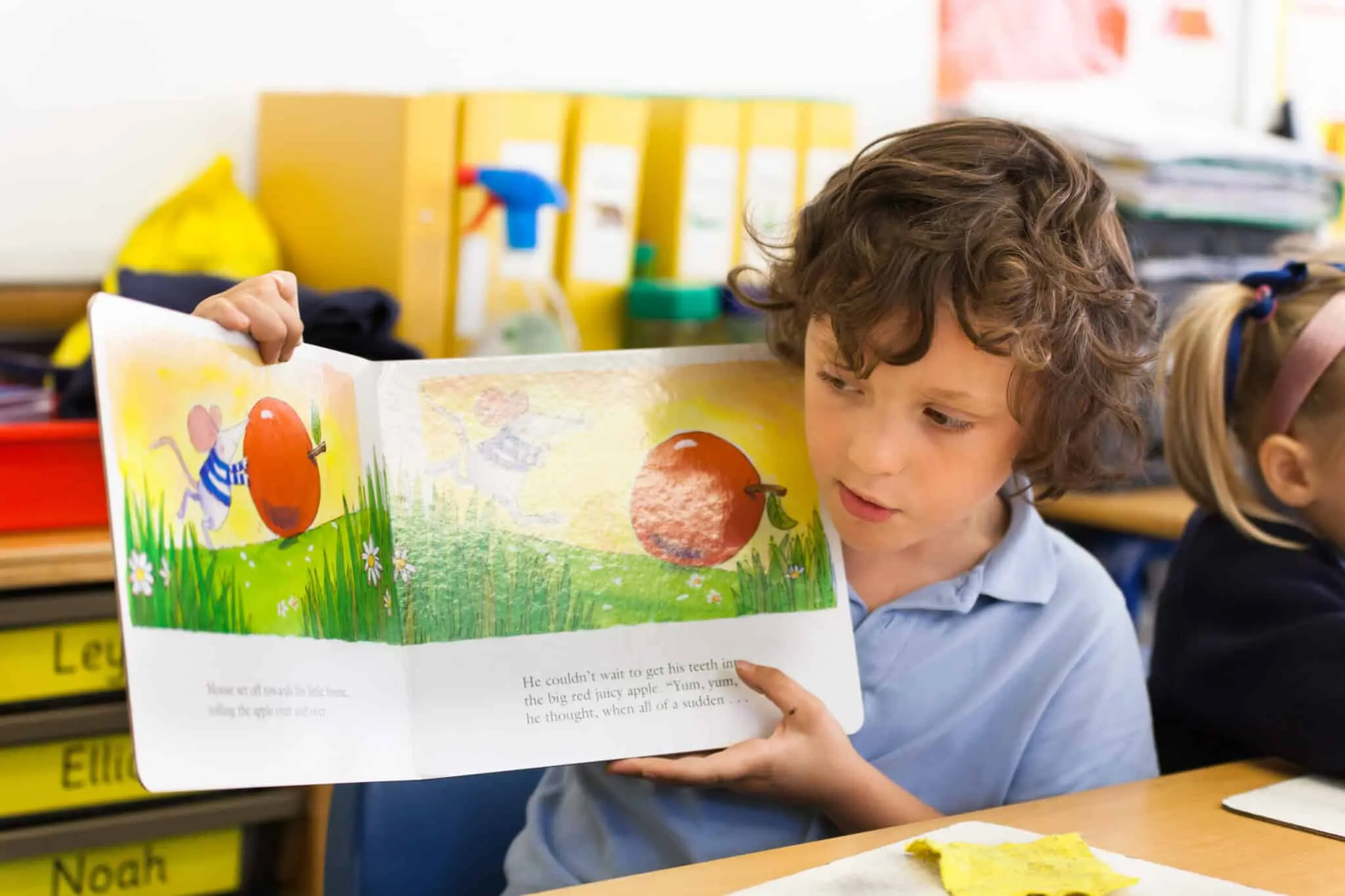May 20, 2019
By James Willats, Assessment Marketing Executive
After the initial proposal of the new Ofsted inspection framework was published, back in January this year, it was open to public consultation until May. And it’s fair to say that the proposal garnered a pretty hefty amount of notice. In fact, in total, it received over 15,000 responses: nearly 11,000 responses to the online survey, over 600 responses via post and email, and over 4,000 responses accumulated from a campaign conducted by a third-party organisation. It was the largest consultation in Ofsted’s history, even if you discount the 4,000 responses collected from the third-party campaign.
Ofsted conducted more than 100 face-to-face events to gather responses, and over 250 pilot inspections took place in early years providers, maintained schools and academies, non-association independent schools, and further education (FE) and skills providers.
So, after all that, the final draft of the inspection framework was published. And we’ve summarised the main highlights for you below…
1. No on-the-day inspections
Ofsted originally proposed to visit schools for inspection having only given notice earlier that day. But, unsurprisingly, around three-quarters of respondents opposed this. So instead, Ofsted have substituted it with a 90-minute phone call:
Inspectors will use this conversation to understand:
-
The school’s context, and the progress the school has made since the previous inspection, including any specific progress made on areas for improvement identified at previous inspections.
-
The headteacher’s assessment of the school’s current strengths and weaknesses, particularly in relation to the curriculum, the way teaching supports pupils to learn the curriculum, the standards that pupils achieve, pupils’ behaviour and attitudes, and personal development.
– Schools Inspection Handbook, p.17
2. Internal data could be assessed
Almost half (43%) of respondents to Ofsted’s consultation disagreed with their intention to not look at internal assessment data whilst on inspection. Because of this, Ofsted have confirmed that internal assessment information will be used as one of several sources when considering pupil performance. Inspectors can also review the impact of interventions that have been applied based on internal assessment information.
3. A three-tier process of inspections
Ofsted has included a new three-tier programme of inspections in their new framework:
- Top-level view – Inspectors will start by looking at what leaders understand about the school’s curriculum intent and appropriate sequencing of learning within subjects.
- Deep dive – Next, inspectors will gather evidence to support the intent, implementation and impact of the curriculum over a sample of subjects, topics, and aspects. This will involve leaders, teachers and pupils. The inspector will be looking for coherent, appropriately-collected evidence to support quality of education. Teachers will need to show how they understand if their curriculum supports effective learning and lesson
- Bringing it together – If an inspector finds issues that are deemed systemic, leaders will be required to exhibit internal evidence to the inspector.
4 A robust view of quality of education
A key aspect of the new framework is what you could call a robust view of the quality of education in a school. In theory, this means inspectors will look more at the bigger picture of what’s going on in a school, rather than smaller aspects of it. There are two key parts to this.
The first is that, according to the new framework, the sequence of lessons – not an individual lesson – will be the unit of assessment. This means that inspectors will evaluate where a lesson sits in a sequence over time, and leaders’ and teachers’ understanding of this. Inspectors will not grade individual lessons or teachers.
Alongside this, inspectors will not take a random sample of exercise books, folders, sketchbooks, and so on. Work scrutiny will form a part of the evidence used to judge whether the intended curriculum is being enacted, and it can provide part of the evidence to show whether pupils know more, remember more and can do more. However, it will only be one component of the deep dive which includes things like lesson visits and conversations with leaders, teachers and pupils. Simply having covered a part of the curriculum does not in itself indicate that pupils know or remember more.
You can read all 97 pages of the full inspection handbook here.
How do Renaissance products help schools with Ofsted inspections? Our in-house assessment expert, David Mackender, will be hosting a webinar on 6th June about learning progressions and sequencing, a key part of the new framework. Click here to register!
Schools tell us regularly how Renaissance products have better prepared them for the dreaded Ofsted inspection. You can read some success stories here.
